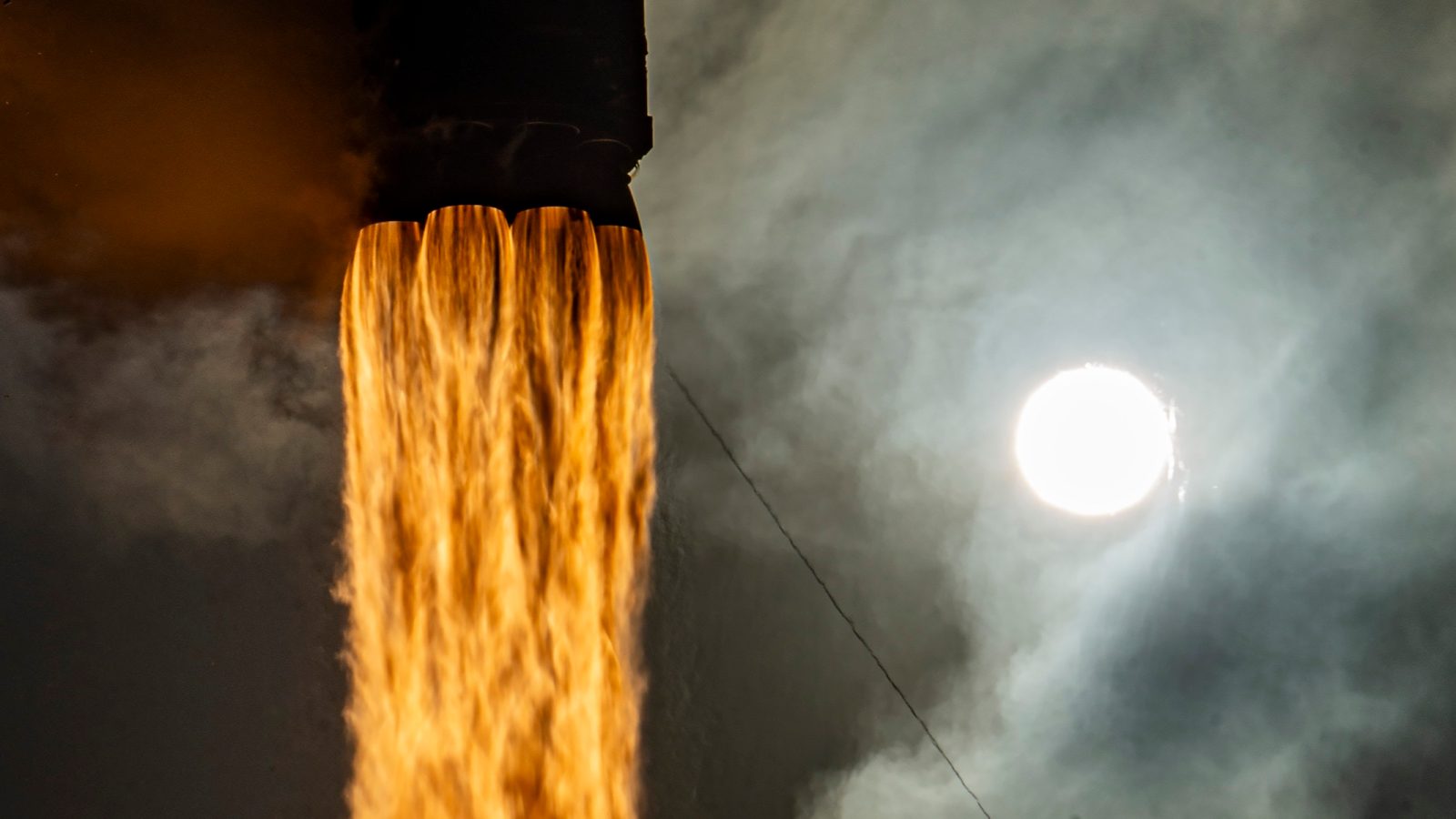
Over the weekend, SpaceX launched three Falcon 9 rockets from all three of its launch pads. The missions were all commercially purchased wither by NASA, SES, or in part of a rideshare program. Two out of the three flights featured RTLS landings at LZ-1 and 4, a rare occurrence.
CRS-29 arrives at ISS with fresh supplies
Late Thursday night, early Friday morning UTC (which makes the headline work so I’m going with that), SpaceX launched an Cargo Dragon on a Falcon 9 rocket from LC-39A at Kennedy Space Center.
This was SpaceX’s third CRS flight of the year and 29th overall (which you should have picked up by the name). Inside were fresh supplies including food, experiments, and other consumables. The Dragon 2 spacecraft is similar to what crews fly on except it lacks the needed life support and flight escape systems needed for crewed flight.
CRS-29’s booster, B1081, returned to Florida’s Space Coast and landed at LZ-1 at Cape Canaveral Space Force Station.
After launch, the dragon made the roughly day and half trip to the ISS which orbits the Earth at 262 km. At 5:07 A.M. ET CRS-29 docked to the Harmony module’s IDA-2 port which you could describe as being on the “front” of the station.
The crew will begin unloading the contents of the Dragon over the next week, storing what needs to be store and beginning what experiments it can. CRS-29’s Dragon will stay docked to the station for several weeks before being packed up with completed experiments and deorbited and recovered out in the Gulf of Mexico or Atlantic Ocean by SpaceX.
Join our Discord Server: Join the community with forums and chatrooms about space!
SpaceX launches rideshare and two SES satellites
Following Thursday’s, or Friday’s if the world of UTC, launch, SpaceX continued on with two more commercial launches with its Falcon 9. That’s right, SpaceX launched three non-Starlink missions in a row, exciting!
Second up was Transporter-9, launching 113 payloads into a sun-synchronous orbit. The mission lifted off from SpaceX’s West Coast launch pad, SLC-4E on a rare fog-free day. SpaceX’s rideshare program collect a large number of payloads looking to fly to similar orbits and bulk them together on a single flight.
These missions allow cheap access to space for smaller satellites. It is also a direct competitor to providers like Rocket Lab who offer dedicated flights for these sort of payloads.
On Sunday, SpaceX finished the weekend by launching to O3b mPOWER satellites for SES From SLC-40 in Florida. These telecommunication satellites operate in medium Earth orbit and serve the enterprise market. Offering low latency connectivity for cell services and other IP needs.
Transporter-9’s booster, B1071, returned to SLC-4E and landed at LZ-4 while O3b mPOWER’s booster, B1076, landed on SpaceX’s droneship, A Shortfall of Gravitas.
With these three launches, it brings SpaceX’s total launch number for 2023 to 84.
FTC: We use income earning auto affiliate links. More.




Comments